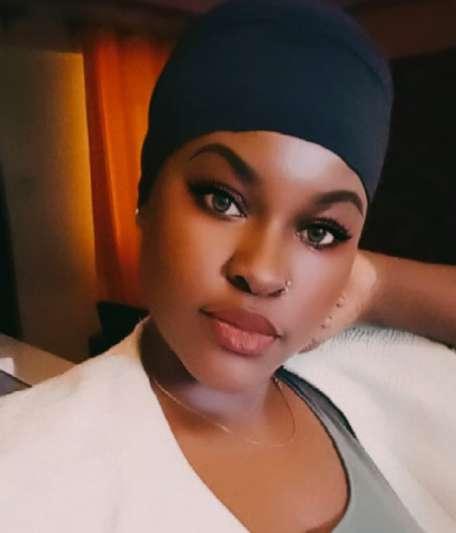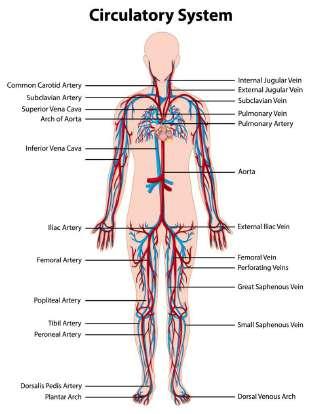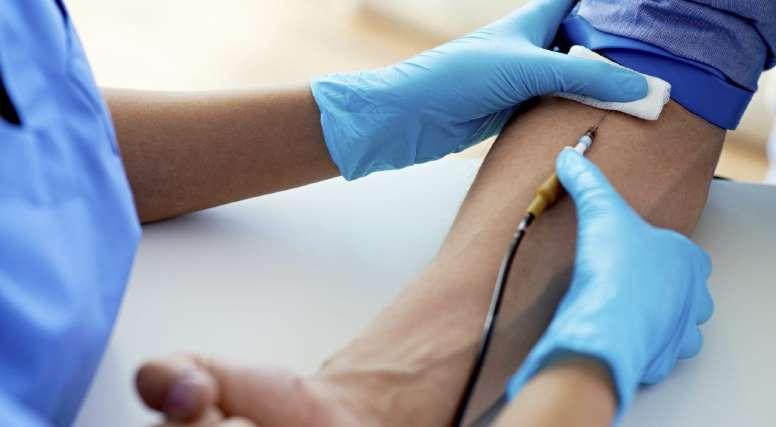
3 minute read
Art of vein puncture
By Moses Njomo
Clad in scrubs they could pass for doctors or nurses going about their whereabouts in the hospital, but a phlebotomist is neither of the two.
Advertisement
A phlebotomist is a medical professional who is trained to perform blood draws on children and adults. They collect and prepare blood for testing so it can be analyzed in a medical laboratory.

Their role is key when it comes to a patient’s diagnosis and overall recovery. I engaged Ms. Irene Mwaura a good-spirited phlebotomist dispensing her duties in the medical wards of the hospital.
Why did you become a phlebotomist?
I always had an interest in working in the medical industry so after looking at the options available I settled for it.
What is your favourite part about being a phlebotomist?
I consider myself a socially available human being, so in my element, I enjoy interacting with different patients especially those admitted to the wards fostering friendships and contributing to their overall recovery. It gives me pleasure.
What is the most challenging part of being a phlebotomist?

A doctor draws blood from a patient. The process is known as Phlebotomy
PHOTO | STOCK
Drawing blood entails puncturing the skin and veins and this can be a painful experience to the patients, especially those who have repeat tests and children. Although, the process takes the shortest time possible I dislike being in a position that inflicts pain on a fellow human being.
Tell me about your first experience drawing blood.
That was a scary experience. I had not built confidence and I panicked during the process. I used the wrong gauge of needle and in the end, I did not remove the tourniquet after withdrawing blood. I just withdrew the needle and blood splashed all over leaving a mural of blood all over my lab coat. The patient was infuriated.
How do you handle a distressed patient?
In most instances, I start with general conversations trying to divert the patients from what is going to happen to ease their tension, slowly I begin to explain to them what is going to happen and why it is important. I also assure them it will take the shortest time possible.
What do you do if you do not find a vein?
As a phlebotomist, you are only allowed to prick a patient twice continuously. If you cannot find a vein, you are allowed to seek help from a nurse or a medical doctor.
Do you have experience drawing blood from ill and geriatric patients?
Yes, I do. In the medical wards, most patients are of this nature. Drawing blood from such patients is easier with experience and understanding of the vein anatomy because these patients have weak and collapsed veins.
What is your biggest strength?
I have mastered the art of vein puncture very well.
What is your greatest weakness? When I lose a patient, it affects me and it takes time for me to recover.
How do you remain focused under stress?
The medical field is draining. I normally give myself numerous pep talks to remain focused.
MAIN PHOTO | COURTESY Ms. Irene Mwaura - Phlebotomist










